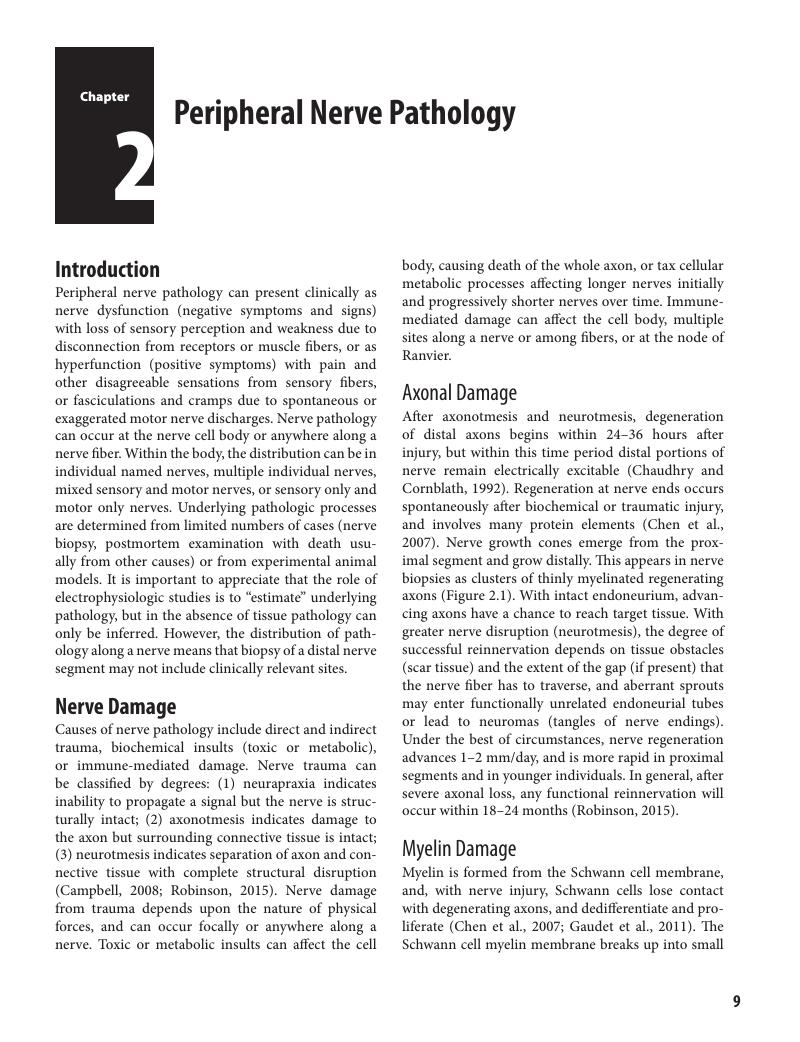Book contents
- Peripheral Neuropathies
- Peripheral Neuropathies
- Copyright page
- Contents
- Preface and Abbreviations
- Section 1 Approach to the Evaluation of Peripheral Neuropathies
- Chapter 1 Peripheral Nerve Anatomy
- Chapter 2 Peripheral Nerve Pathology
- Chapter 3 Clinical Evaluation
- Chapter 4 Electrodiagnostic Evaluation
- Chapter 5 Diagnostic Testing
- Section 2 Proximal Neuropathies
- Section 3 Mononeuropathies
- Section 4 Acute Immune Neuropathies
- Section 5 Chronic Immune Neuropathies
- Section 6 Length-Dependent Polyneuropathies
- Section 7 Hereditary Neuropathies
- Section 8 Neuropathies Associated with Rare Conditions and Uncertain Associations
- Section 9 Management of Peripheral Neuropathies
- Index
- References
Chapter 2 - Peripheral Nerve Pathology
from Section 1 - Approach to the Evaluation of Peripheral Neuropathies
Published online by Cambridge University Press: 20 April 2018
- Peripheral Neuropathies
- Peripheral Neuropathies
- Copyright page
- Contents
- Preface and Abbreviations
- Section 1 Approach to the Evaluation of Peripheral Neuropathies
- Chapter 1 Peripheral Nerve Anatomy
- Chapter 2 Peripheral Nerve Pathology
- Chapter 3 Clinical Evaluation
- Chapter 4 Electrodiagnostic Evaluation
- Chapter 5 Diagnostic Testing
- Section 2 Proximal Neuropathies
- Section 3 Mononeuropathies
- Section 4 Acute Immune Neuropathies
- Section 5 Chronic Immune Neuropathies
- Section 6 Length-Dependent Polyneuropathies
- Section 7 Hereditary Neuropathies
- Section 8 Neuropathies Associated with Rare Conditions and Uncertain Associations
- Section 9 Management of Peripheral Neuropathies
- Index
- References
Summary

- Type
- Chapter
- Information
- Peripheral NeuropathiesA Practical Approach, pp. 9 - 16Publisher: Cambridge University PressPrint publication year: 2018



